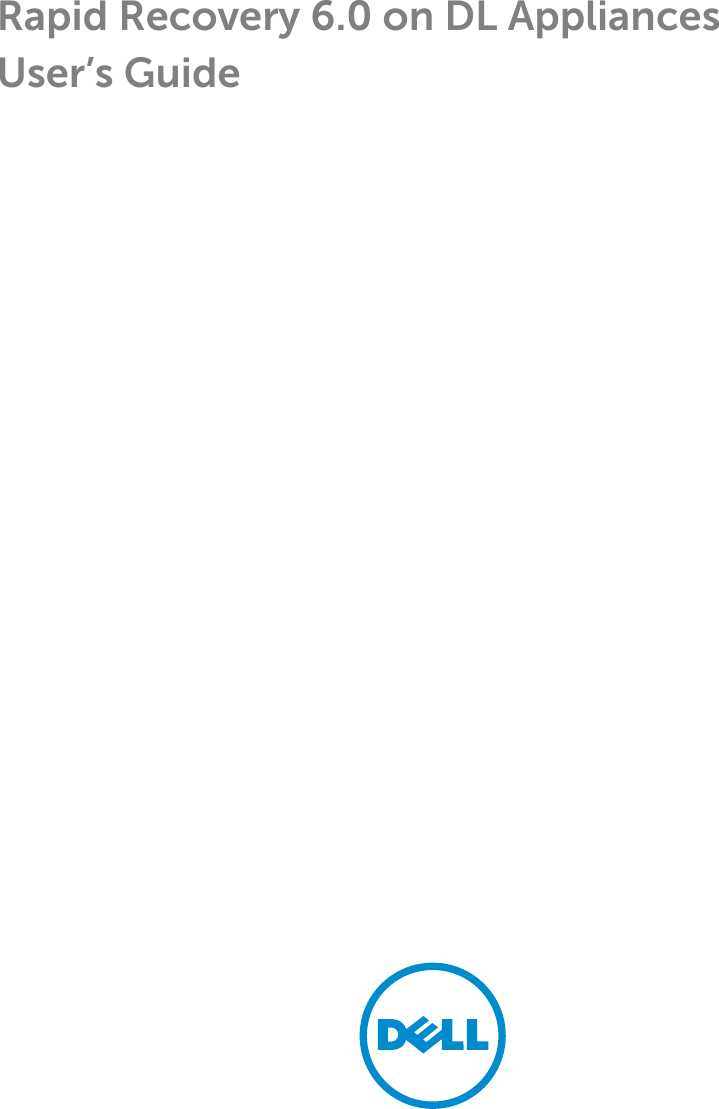

For gallery applications, you can find credential types and requirements for the application by referring to the app tutorial. While you're configuring automatic user provisioning for an application, you'll need to enter valid credentials. AuthorizationĬredentials are required for Azure AD to connect to the application's user management API. To request an automatic Azure AD provisioning connector for an app that doesn't currently have one, fill out an Azure Active Directory Application Request. For details, see Build a SCIM endpoint and configure user provisioning. When building apps for Azure AD, developers can use the SCIM 2.0 user management API to build a SCIM endpoint that integrates Azure AD for provisioning. A SCIM-based provisioning connector is provided for most applications in the Azure AD gallery. The service connects to the SCIM endpoint for the application, and uses SCIM user object schema and REST APIs to automate the provisioning and de-provisioning of users and groups. The Azure AD provisioning service uses the SCIM 2.0 protocol for automatic provisioning.


#STOP ALL ACTIVE JOBS DELL RAPID RECOVERY POWERSHELL WINDOWS#
The channel used for provisioning between Azure AD and the application is encrypted using HTTPS TLS 1.2 encryption.įigure 1: The Azure AD Provisioning Serviceįigure 2: "Outbound" user provisioning workflow from Azure AD to popular SaaS applicationsįigure 3: "Inbound" user provisioning workflow from popular Human Capital Management (HCM) applications to Azure Active Directory and Windows Server Active Directory Provisioning using SCIM 2.0 For selected applications, the provisioning service can also create, update, and remove additional identity-related objects, such as groups and roles. This SCIM endpoint allows Azure AD to programmatically create, update, and remove users. The Azure AD Provisioning Service provisions users to SaaS apps and other systems by connecting to a System for Cross-Domain Identity Management (SCIM) 2.0 user management API endpoint provided by the application vendor. Before you start a deployment, you can review this article to learn how Azure AD provision works and get configuration recommendations. In addition to creating user identities, automatic provisioning includes the maintenance and removal of user identities as status or roles change. Automatic provisioning refers to creating user identities and roles in the cloud applications that users need access to.


 0 kommentar(er)
0 kommentar(er)
